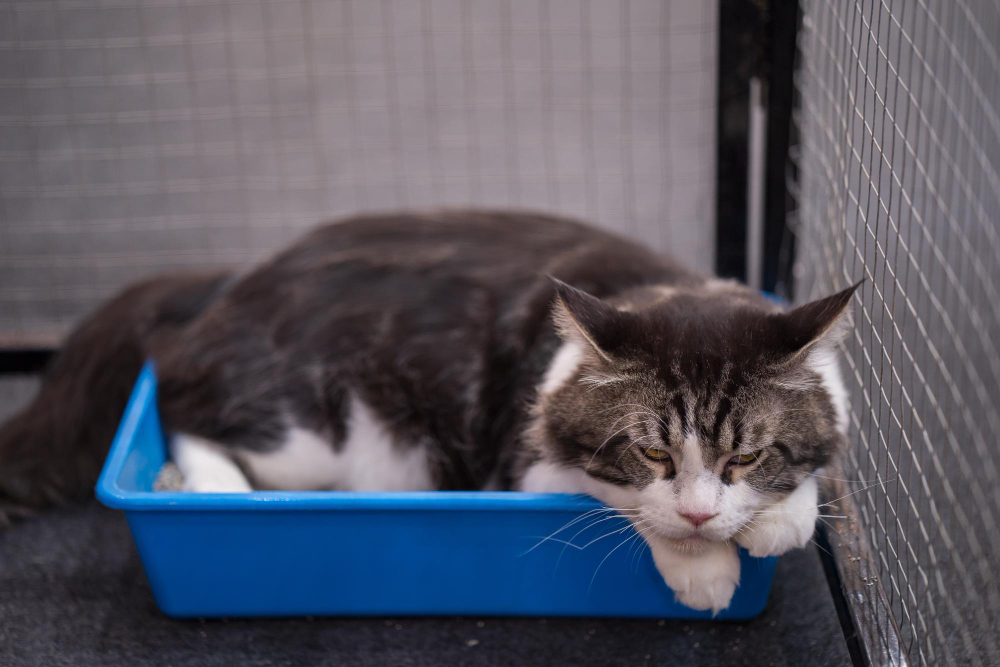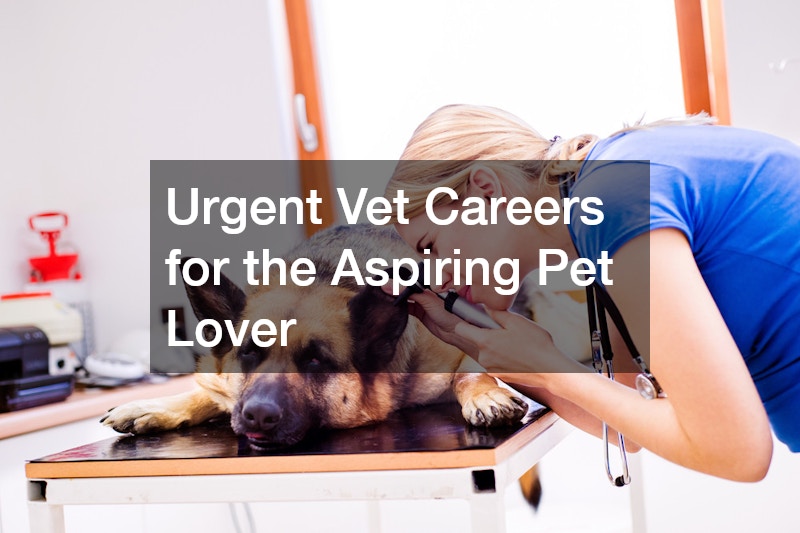With millions of households worldwide owning cats, these furry companions are not just pets but members of the family. In the United States alone, over 42 million households have cats, leading to a significant amount of feline waste generated daily.
This abundance of cat poop has sparked curiosity among many cat owners and gardeners alike. A common question arises: can cat poop be a good fertilizer? Below are the potential benefits and risks of using cat waste in gardens, offering insights for eco-conscious pet owners.
Can You Use Cat Poop as Fertilizer?
Using cat poop as fertilizer is a topic of interest for many eco-conscious cat owners who are looking to recycle pet waste in an environmentally friendly way. However, the answer to whether cat poop can be used as fertilizer is not straightforward and requires a detailed explanation.
Firstly, it’s important to understand the composition of cat feces. Cat poop typically contains nitrogen, which is a key nutrient for plant growth. In theory, this might make it seem like a good candidate for fertilizer. However, unlike the manure from herbivores like cows and horses, cat feces can contain harmful pathogens, such as Toxoplasma gondii. This parasite is particularly concerning because it can cause toxoplasmosis, a disease that can be dangerous to pregnant women and individuals with weakened immune systems.
Additionally, cats are carnivores, and their digestive system is quite different from that of herbivores. Their waste contains higher levels of protein and fewer plant nutrients, making it less ideal for plant growth compared to traditional manure. The high protein content can also lead to a more rapid decomposition process, which can attract unwanted pests and create unpleasant odors.
Another consideration is the presence of chemicals and medications that might be present in the cat’s waste due to their diet or any medicines they are taking. These substances can be harmful to plants and the environment.
However, some argue that if properly composted, cat poop could potentially be used safely. Composting involves a process where organic matter is broken down by microorganisms in the presence of air and water, turning it into a nutrient-rich material. The high temperatures achieved during proper composting can kill harmful pathogens. Nevertheless, this requires careful management to ensure that the compost reaches the necessary temperatures and is maintained for a sufficient period.
Benefits of Cat Poop as Fertilizer
The idea of using cat poop as fertilizer may initially seem appealing, especially for those seeking sustainable and organic gardening practices. Here are some potential benefits of using cat poop in this manner:
- Nutrient-Rich Content: Cat feces contain nitrogen, phosphorus, and potassium, essential nutrients that plants require for healthy growth. The nitrogen content, in particular, is beneficial for plant growth.
- Organic Waste Recycling: Using cat poop as fertilizer is a way to recycle organic waste. It aligns with eco-friendly practices by reducing landfill waste and repurposing pet waste.
- Soil Improvement: When properly composted, cat poop can contribute to soil texture and fertility, improving water retention and aeration.
- Cost-Effective: For cat owners, using cat waste as a fertilizer could be a cost-effective solution, potentially reducing the need for purchasing commercial fertilizers.
However, it’s crucial to note that despite these potential benefits, there are significant risks and health concerns associated with using cat feces directly in gardens. The presence of pathogens, such as Toxoplasma gondii, and the potential for chemical contaminants from cat diets and medications, pose serious health risks to humans and animals. Furthermore, the high protein content in cat poop, due to their carnivorous diet, can lead to rapid decomposition and unpleasant odors, attracting pests.
For those considering using cat waste as fertilizer, it’s recommended to explore professionally managed composting options where the composting process is carefully controlled to kill harmful pathogens. Alternatively, using biodegradable cat litter and disposing of cat waste in eco-friendly ways can be a safer approach to managing pet waste sustainably.
How to Safely Use Cat Poop as Fertilizer
Using cat poop as fertilizer is a complex issue that requires a careful and detailed approach to ensure safety and effectiveness. While cat feces can potentially provide nutrients to plants, it’s crucial to mitigate health risks associated with pathogens and contaminants. Here’s a comprehensive guide on how to safely use cat poop as fertilizer:
Understanding the Risks
Before considering cat poop as fertilizer, it’s important to recognize the risks involved:
- Pathogens: Cat feces can contain harmful pathogens like Toxoplasma gondii, which causes toxoplasmosis, a serious health risk to humans, especially pregnant women and immunocompromised individuals.
- Chemicals and Medications: Residues from the cat’s diet or medications can be present in their feces, potentially harming plants and the environment.
- Unpleasant Odors and Pests: Due to its high protein content, cat poop can attract pests and emit strong odors as it decomposes.
Proper Composting
To safely use cat poop as fertilizer, proper composting is essential. This involves a controlled process that heats the organic material to a temperature high enough to kill pathogens.
- Separate Composting Bin: Use a dedicated compost bin for cat waste to prevent cross-contamination with other compost materials.
- Balancing Materials: Balance the cat poop with high-carbon materials like dry leaves, straw, or sawdust. This helps control odors and accelerates the composting process.
- Maintaining Temperature: Ensure that the compost pile reaches at least 145°F (63°C) for a sustained period. This temperature is crucial to kill harmful pathogens. Regularly turn the compost to maintain even heating.
- Time: Allow the compost to mature for at least a year. This prolonged period helps ensure that pathogens are eliminated.
- Testing: Before using the compost, consider testing it for pathogens, especially if it will be used in areas where food is grown.
Using the Composted Material
Once the composting process is complete, the material can be used in the garden with some precautions:
- Non-Edible Plants: It’s safer to use cat poop compost for ornamental plants rather than vegetable gardens or areas where food crops are grown.
- Application: Apply the compost as a soil amendment, mixing it thoroughly with the soil. Avoid using it as a top dressing.
Health and Safety Precautions
When handling cat feces and compost:
- Wear Gloves: Always wear gloves when handling cat waste and compost to avoid direct contact.
- Wash Hands Thoroughly: After handling cat waste or compost, wash your hands thoroughly with soap and water.
- Avoid Inhalation: Be cautious to avoid inhaling dust from the compost.
Alternatives and Considerations
- Professional Composting Services: If available, consider using professional composting services that can safely handle pet waste.
- Biodegradable Cat Litter: Use biodegradable litter to make the composting process more effective and environmentally friendly.
- Local Regulations: Be aware of local regulations regarding the composting and use of pet waste.
How to Compost Cat Litter
Composting cat litter is an environmentally friendly way to manage cat waste while minimizing its impact on landfills. However, it’s essential to do it correctly to ensure safety and effectiveness. Here’s a step-by-step guide on how to compost cat litter:
Materials Needed:
- Biodegradable Cat Litter: Choose a cat litter that is specifically labeled as biodegradable. This type of litter is usually made from materials like wood, paper, corn, or wheat, which are suitable for composting.
- Dedicated Compost Bin: Use a dedicated compost bin or container for the cat litter to prevent contamination with other compost materials.
- High-Carbon Materials: You’ll need high-carbon materials like dry leaves, straw, or shredded newspaper to balance the compost pile.
- Gloves: Wear gloves when handling cat litter and compost materials.
Steps to Compost Cat Litter:
- Choose the Right Cat Litter: Ensure that the cat litter you’re using is biodegradable and made from compostable materials. Avoid clay-based litters or litters with added chemicals.
- Prepare the Compost Bin: Set up a dedicated compost bin for the cat litter. It can be a simple container or a designated area in your backyard compost pile.
- Layering: Start by adding a layer of high-carbon materials, such as dry leaves or straw, to the bottom of the bin. This creates a balanced carbon-to-nitrogen ratio.
- Add Cat Litter: Scoop the used cat litter and add it to the compost bin. Make sure to bury it beneath the high-carbon materials to prevent odors and discourage pests.
- Balance with Carbon: After adding cat litter, layer it with more high-carbon materials. This helps absorb moisture and provides the necessary carbon for composting.
- Maintain Moisture: Keep the compost pile moist but not soggy. Cat litter should not be dripping wet, as excessive moisture can slow down the composting process.
- Turn the Compost: Regularly turn the compost pile to aerate it. This helps promote decomposition and prevents unpleasant odors.
- Temperature and Time: Composting cat litter can take several months to a year, depending on conditions. Ensure the compost pile reaches a temperature of at least 145°F (63°C) for an extended period to kill potential pathogens.
- Test for Pathogens: Before using the compost in your garden, consider testing it for pathogens, especially if you plan to use it in areas where edible crops are grown.
- Use Compost Wisely: Once the composting process is complete and you’ve tested it for safety, you can use the compost as a soil amendment for non-edible plants, ornamental gardens, or flower beds. Avoid using it on vegetable gardens or areas where food crops are grown.
Benefits of Composting Cat Litter
Composting cat litter offers several benefits, both for the environment and for cat owners looking for eco-friendly waste management options. Here are the key advantages of composting cat litter:
- Reduced Landfill Waste: Composting cat litter reduces the amount of cat waste that ends up in landfills. By diverting cat waste from landfills, you contribute to reducing the overall waste burden on these facilities.
- Environmental Impact: Biodegradable cat litter, when composted correctly, has a lower environmental impact compared to non-biodegradable clay-based litters. It is often made from renewable resources, such as wood, paper, or plant-based materials.
- Nutrient-Rich Soil: The composted cat litter, when used as a soil amendment, enriches the soil with organic matter. It adds valuable nutrients and improves soil structure, enhancing plant growth and health.
- Sustainable Gardening: Cat litter compost can be an excellent source of organic matter for gardening. It reduces the need for chemical fertilizers, promoting more sustainable and eco-friendly gardening practices.
- Cost Savings: Composting cat litter can save you money in the long run. You can reduce the need to purchase commercial fertilizers and soil conditioners by using nutrient-rich cat litter compost in your garden.
- Reduction of Odors and Pests: Properly composted cat litter is less likely to emit unpleasant odors or attract pests compared to cat waste disposed of in regular trash bins.
- Reuse of Resources: By composting cat litter, you are reusing the resources used to produce the litter in a beneficial way. This aligns with principles of resource conservation and sustainability.
- Eco-Friendly Pet Ownership: Composting cat litter is part of a broader eco-friendly approach to pet ownership. It allows you to minimize the environmental impact of caring for your cat.
- Odor Control: When properly managed, composting can help control odors associated with cat waste, making it a more pleasant and convenient way to manage litter.
- Contribution to Soil Health: The composted material adds beneficial microorganisms to the soil, contributing to overall soil health and ecosystem balance.
- Reduction of Plastic Waste: Many non-biodegradable cat litters come in plastic packaging, contributing to plastic waste. Composting cat litter reduces the need for these products and their associated packaging.
Risks and Concerns
When considering composting cat litter, it’s essential to be aware of the potential risks and concerns associated with this practice. These concerns primarily revolve around health and safety, affecting both humans and pets.
Health and Safety Concerns for Both Humans and Pets
- Pathogens: Cat feces can contain harmful pathogens, including Toxoplasma gondii, which causes toxoplasmosis. This disease can pose serious health risks to humans, particularly pregnant women and individuals with weakened immune systems. Even when composted, there is a risk that some pathogens may survive.
- Contaminants: Cat litter may contain traces of chemicals or medications from the cat’s diet or treatments. These contaminants can potentially harm plants, soil, and the environment when composted.
- Proper Composting: To mitigate health risks, proper composting is essential. Maintaining the compost pile at a temperature of at least 145°F (63°C) for an extended period is necessary to kill pathogens. Inadequate composting can result in the survival of harmful microorganisms.
- Testing: If you intend to use the composted cat litter in areas where edible crops are grown, consider testing it for pathogens before application to ensure it is safe for consumption.
- Gloves and Hygiene: Always wear gloves when handling cat litter, compost, or soil that has come into contact with cat waste. Wash your hands thoroughly with soap and water after handling these materials to prevent contamination.
- Pets’ Health: Cats may be attracted to the compost pile, posing a risk of ingestion of composted materials. Monitor your pets’ access to the composting area to prevent unintended ingestion.
- Odor and Pest Management: Cat litter compost, when not managed properly, can emit strong odors and attract pests. Adequate aeration and turning of the compost pile can help mitigate these issues.
- Regulations: Check local regulations and guidelines for composting pet waste in your area. Some regions may have specific rules regarding the composting of animal waste.
Composting cat litter can be an eco-friendly and sustainable way to manage pet waste while enriching garden soil. However, it comes with health and safety concerns, particularly regarding the presence of pathogens and contaminants. To reap the benefits while mitigating risks, proper composting practices, careful hygiene, and responsible use of the composted material are essential considerations for conscientious cat owners.
Frequently Asked Questions
Is cat poop good for the environment?
Composting cat poop responsibly can benefit the environment by reducing landfill waste and enriching soil, but it requires proper handling to mitigate health risks.
Is it OK to use cat poop as fertilizer?
Using cat poop as fertilizer can be acceptable when composted correctly, but it poses health risks and should only be used for non-edible plants.
How do you clean soil after cat poop?
Clean contaminated soil by removing visible waste, replacing it, and watering thoroughly. Consider planting non-edible plants in that area.
Can dog poop be used as fertilizer?
Dog poop should not be used as fertilizer for edible plants due to health risks. Composting it safely is challenging, and it’s best to dispose of it properly.




